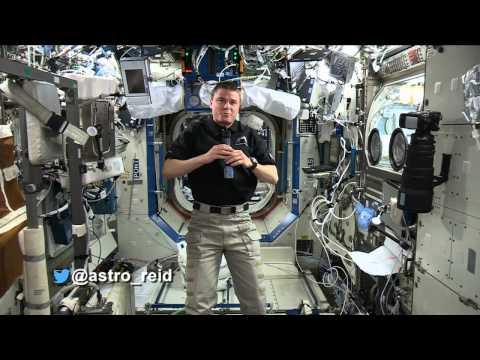Outer Space & Universe
Outer Space & Universe
Space, also known as outer space, is the near-vacuum between celestial bodies. It is where everything (all of the planets, stars, galaxies and other objects) is found.
On Earth, space begins at the Kármán line (100 km above sea level). This is where Earth's atmosphere is said to stop and outer space begins. This is not a firm boundary but is a convention used by scientists and diplomats.
Items in space are free to move back and forth; up and down; and left and right. These three dimensions are what make 3D space. Items also move forward through time, which is sometimes called the fourth dimension.
The majority of space contains very little matter and so most of it is a vacuum. Scientists do not know how big space is but we do know that space is extremely big, and is always expanding.
According to the big bang theory, all matter and energy in the Universe was compressed into a very small space. Then it exploded and started expanding. Space is still growing in size today; this means the distance from one galaxy to distant galaxies is getting longer.
Gravity is the force that keeps the Moon in orbit around the Earth and the planets in orbit around the Sun. Gravity can stretch and bend space similar to how a heavy ball placed on a stretched sheet of rubber will cause the rubber to stretch. The scientist who discovered that space can bend is named Albert Einstein. How gravity bends space is part of his theory of general relativity.
Astronauts, Cosmonauts, Taikonauts and Spationauts
An astronaut is any person who is trained by NASA to travel and perform tasks in space. Although the space traveler may not necessarily be a United States citizen, each astronaut does go through a rigorous training regiment by the National Aeronautics and Space Administration. Other space travelers go by other names then astronaut depending on their country of origin.
In the United States, astronaut is derived from the Greek words ástron (star) and nautis (sailor). While, in Russia, a space traveler goes by the name космонавт (English: cosmonaut), which is derived from the Greek words kosmos (universe) and nautis (sailor). Westerners call a space traveler from China a taikonaut, based on the 1998 writings of Chiew Lee Yik and Chen Lan where the term tàikōng (great emptiness), Chinese for “space”. In China, the term yuháng yuán (universe navigator) is used for space traveler.
Only the United States of America (United States), Russia (earlier, the Union of Soviet Socialist Republics), and the People’s Republic of China (China) have sent manned spacecraft into space. Other countries have assisted these countries by sending their own space travelers on space missions. For instance, a French space traveler is called a spationaut (from the French word spationaute), which is derived from the Latin spatium (space) and Greek nautis (sailor). (plural in Greek nautes = sailors)
-
09:12
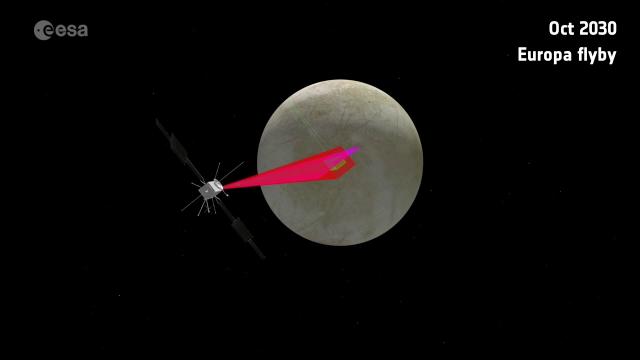
See ESA’s 'Juice' Jupiter Journey and Ganymede Impact Animated
Added 457 Views / 0 LikesESA’s Jupiter Icy Moons Explorer (Juice) is scheduled to launch to the Jovian system in 2022 and will reach its target in 2029. Watch the entire journey and its end of mission impact into Jupiter’s moon Ganymede in this new ESA animation. - Learn more abo
-
04:20
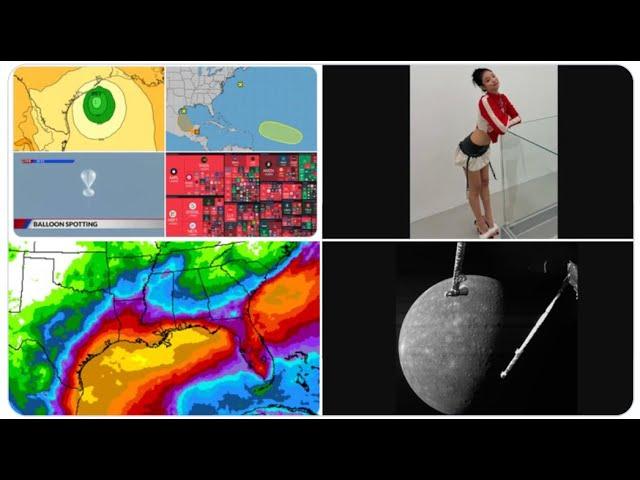
Red Alert! Possible Hurricane to hit Texas next week!
Added 87 Views / 0 Likesfor realz,maybe.God bless everyone,Thttps://www.paypal.me/THORnewshttps://venmo.com/TEric-Lewison$THORnews on CashApphttps://www.patreon.com/thornews
-
01:49
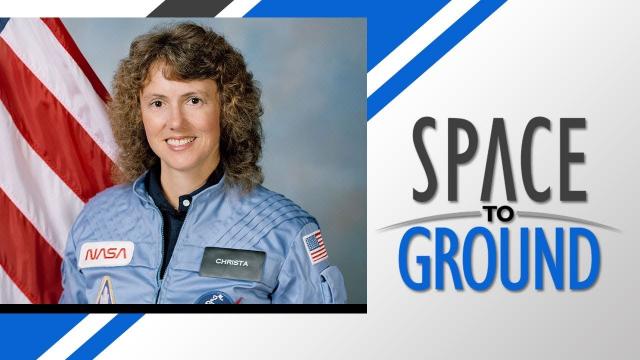
Space to Ground: Christa's Lessons: 01/26/2018
Added 549 Views / 0 LikesSpace to Ground: Christa's Lessons: 01/26/2018
-
01:18

Fireball! Amazing Midwest Meteor Caght By Police Dashcam, Rooftop Camera | Video
Added 750 Views / 0 LikesFireball! Amazing Midwest Meteor Caght By Police Dashcam, Rooftop Camera | Video
-
01:31
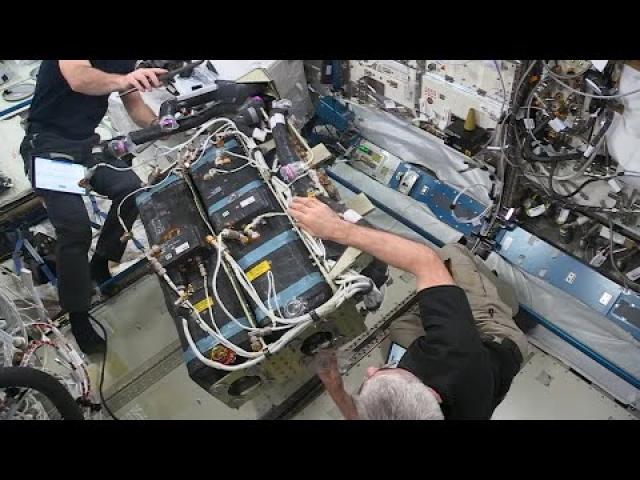
International Space Station is preparing humans for deep space exploration
Added 265 Views / 0 LikesLife support technology, experiments and living in microgravity on the International Space Station have been stepping stones for humans to reach out further into the solar system. Credit: NASA Johnson Space Center
-
02:28
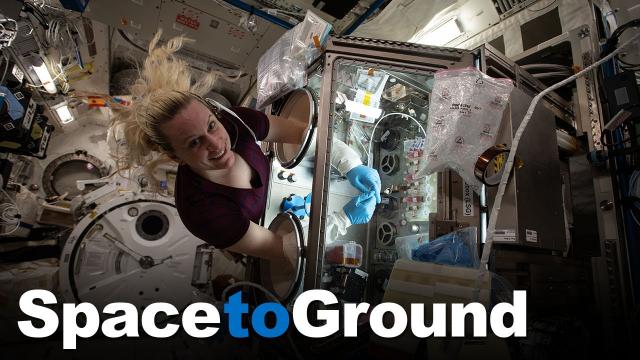
Space to Ground: Cardinal Heart Study: 12/18/2020
Added 256 Views / 0 LikesNASA's Space to Ground is your weekly update on what's happening aboard the International Space Station. Got a question or comment? Use #AskNASA to talk to us.Learn more about the important research being operated on Station:https://www.nasa.gov/iss-scien
-
01:54
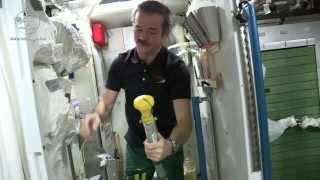
Astronauts Drink Urine and Other Waste Water | Video
Added 998 Views / 0 LikesISS commander Chris Hadfield explains how astronauts stay hydrated and why Space Station must try to recycle everything. -- Life in Space: Astronaut Chris Hadfield's Video Guide: http://goo.gl/fdgcgU
-
03:19

Christina Koch’s Memorable Moments: Part 5
Added 488 Views / 0 Likes328 days—nearly 47 full weeks in space—is the new record for the longest single spaceflight ever by a female astronaut or cosmonaut, set today by NASA astronaut Christina Koch as she completed her mission with a Soyuz landing in Kazakhstan. Koch talks abo
-
00:22
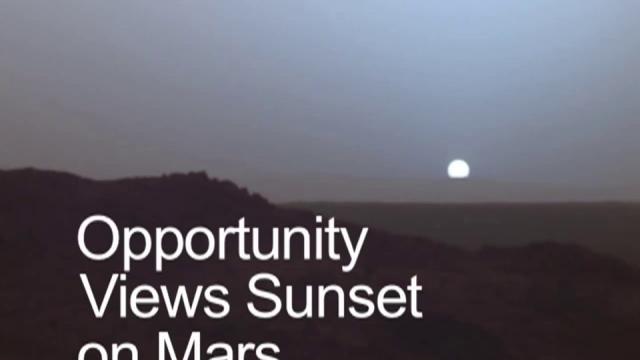
Opportunity Rover Snapped Martian Sunset in 2004
Added 390 Views / 0 LikesNASA Mars Exploration Rover Opportunity captured a Martian sunset on Feb. 13, 2004. It was the rover's 20th sol on the Red Planet. -- NASA Making One Last Attempt to Call Opportunity Rover on Mars:https://www.space.com/mars-rover-opportunity-last-nasa-cal
-
00:30
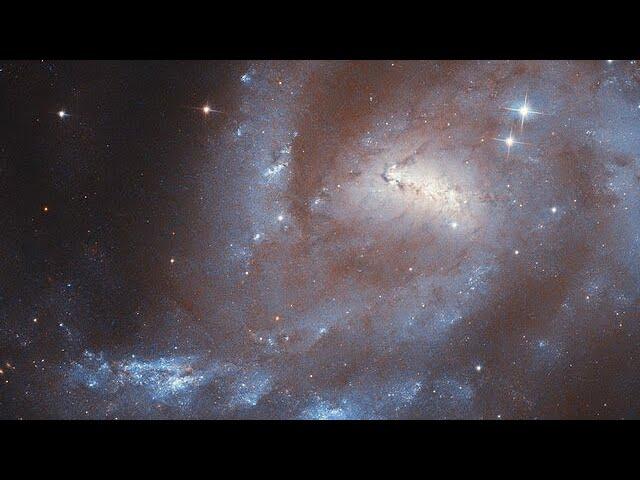
Pan: UGC 11861
Added 76 Views / 0 LikesResting near the centre of the northerly constellation Cepheus, high in the northern sky, is the barred spiral galaxy UGC 11861, the subject of the latest Hubble Picture of the Week.UGC 11861 is located 69 million light-years away from Earth — which may s
-
01:07
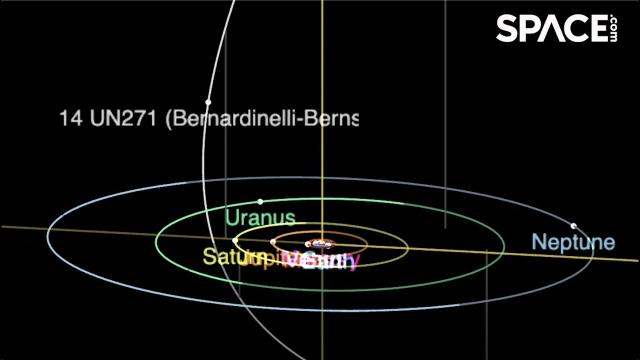
62-mile wide comet comes from the Oort Cloud! See its orbit
Added 318 Views / 0 LikesThe Dark Energy Camera at the Cerro Tololo Inter-American Observatory in Chile was used to discover Comet C/2014 UN271, or Bernardinelli-Bernstein. It will reach its closest point to the sun in its orbit on Jan. 23, 2031, just beyond Saturns orbit. Full S
-
00:30
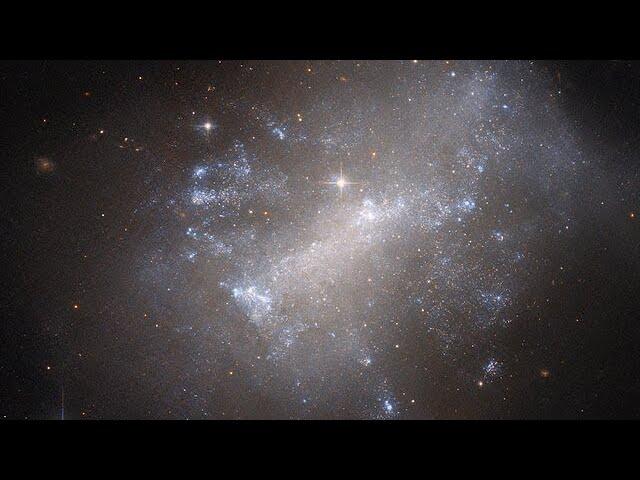
Pan: A dishevelled irregular galaxy
Added 132 Views / 0 LikesThe galaxy NGC 7292 billows across this image from the NASA/ESA Hubble Space Telescope, accompanied by a handful of bright stars and the indistinct smudges of extremely distant galaxies in the background. It lies around 44 million light-years from Earth i
-
04:20
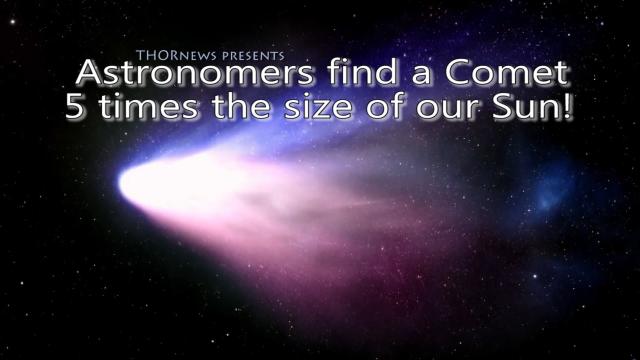
A GIANT COMET 5 Times the size of our SUN! A new scientific discovery
Added 852 Views / 0 LikesA GIANT COMET 5 Times the size of our SUN! A new scientific discovery
-
00:30
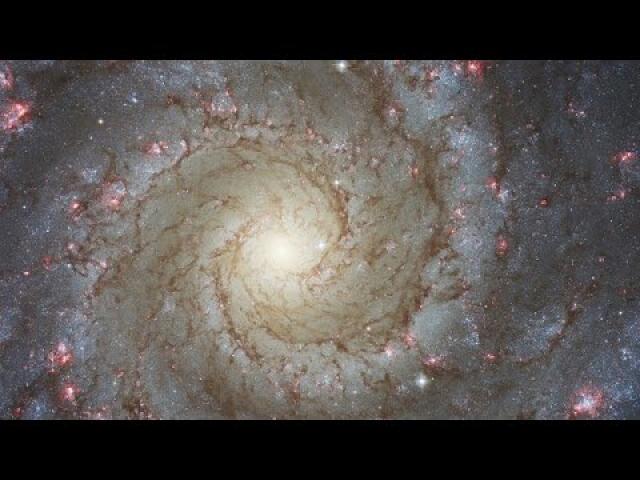
Pan of the Phantom Galaxy
Added 177 Views / 0 LikesThe arms of the spiral galaxy M74 are studded with rosy pink regions of fresh star formation in this image from the NASA/ESA Hubble Space Telescope. M74 — also known as the Phantom Galaxy — lies around 32 million light-years away from Earth in the constel
-
00:41
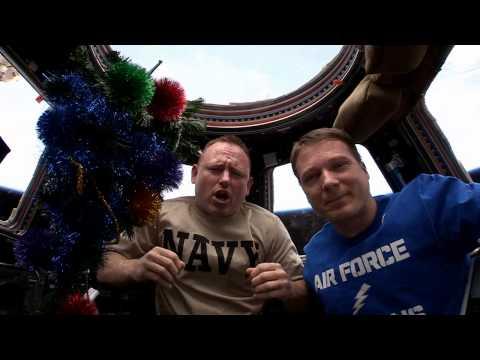
Space Station Astronauts Say Merry Christmas And Thank You To The Troops
Added 690 Views / 0 Likes -
00:50
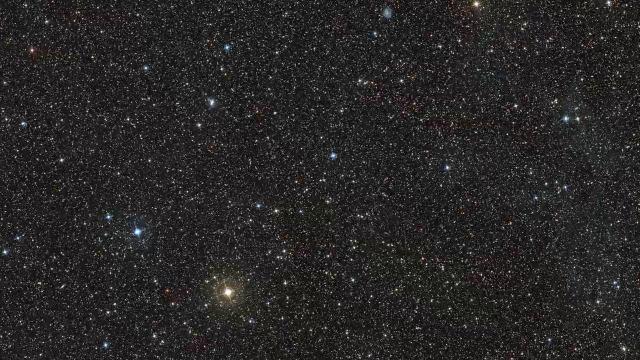
Zooming Into the Stingray Nebula
Added 262 Views / 0 LikesThis video zooms into the nebula Hen 3-1357, nicknamed the Stingray nebula, which has faded precipitously over just the past two decades. Witnessing such a swift rate of change in a planetary nebula is exceedingly rare, say researchers.More information an
-
01:37

Spaceship Enterprise Barges Into Bayonne | Video
Added 756 Views / 0 LikesSpace Shuttle Enterprise makes its last voyage -- unceremoniously aboard a barge -- into New York Harbor's gateway region of Bayonne, NJ before its scheduled crane-lift to the deck of the Intrepid Sea Air and Space Museum.
-
01:56
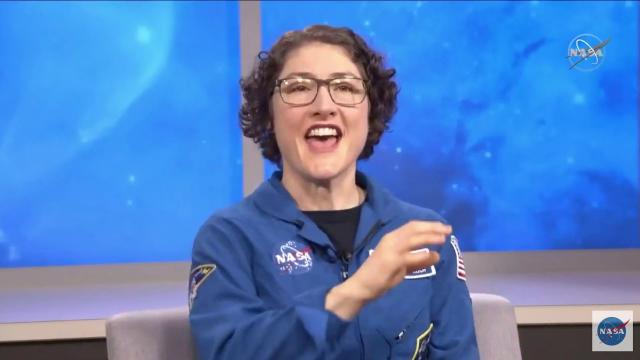
How Space Camp inspired record-breaking astronaut Christina Koch
Added 429 Views / 0 LikesNASA astronaut Christina Koch tells Lynsey Mukomel from Wood TV about how her Space Camp experience led to a decision to use her "passions" as a guide in life. Credit: NASA


